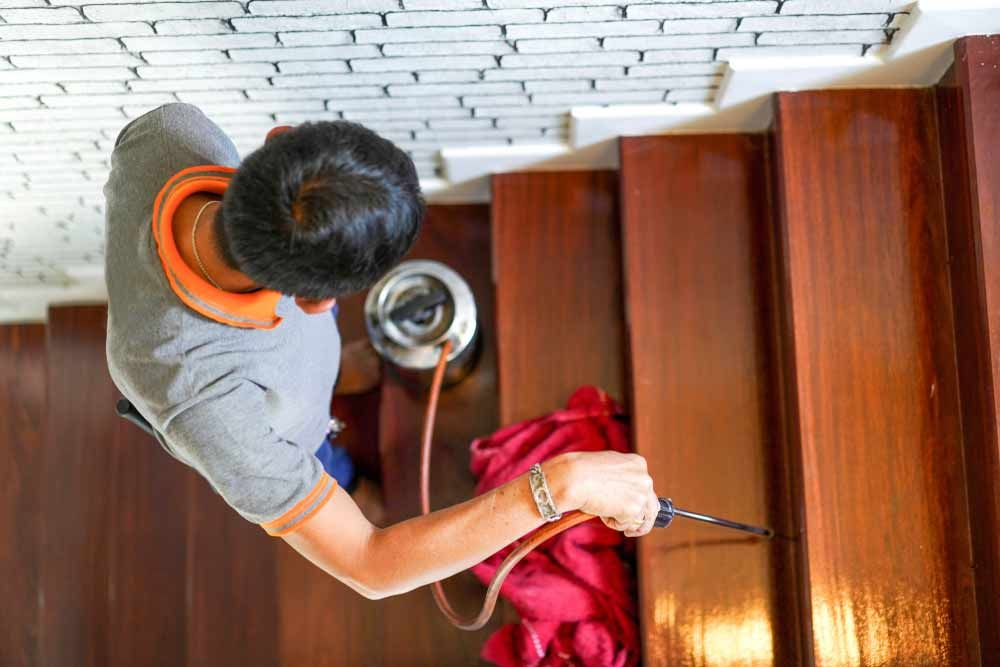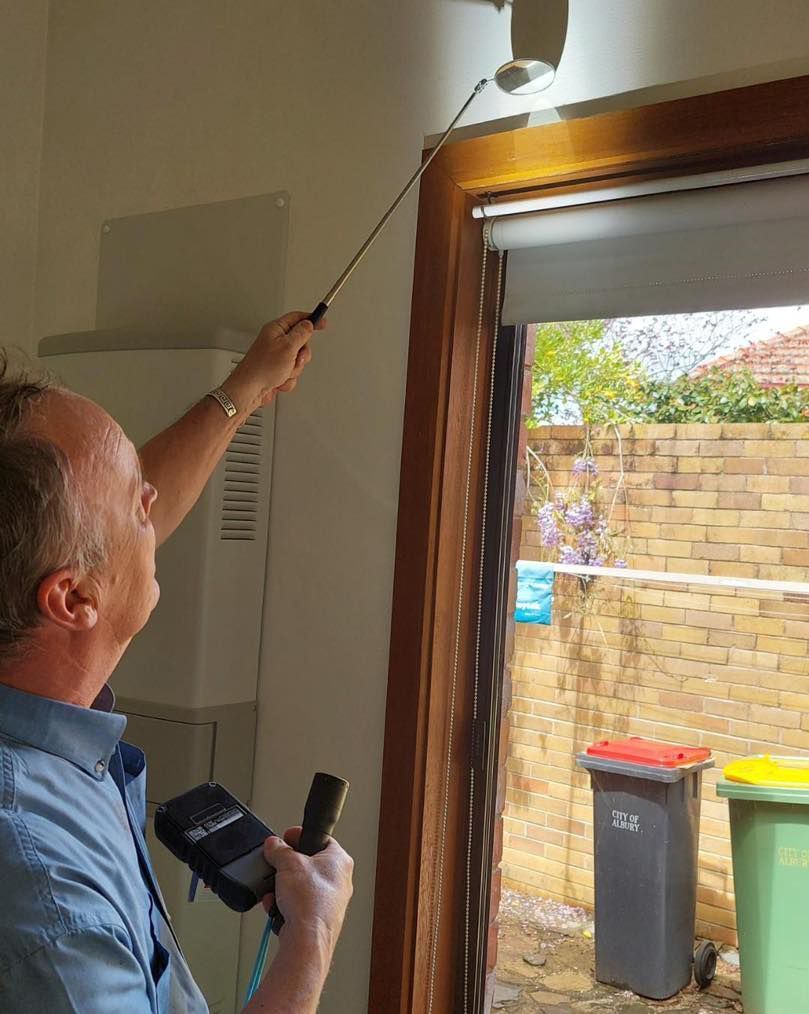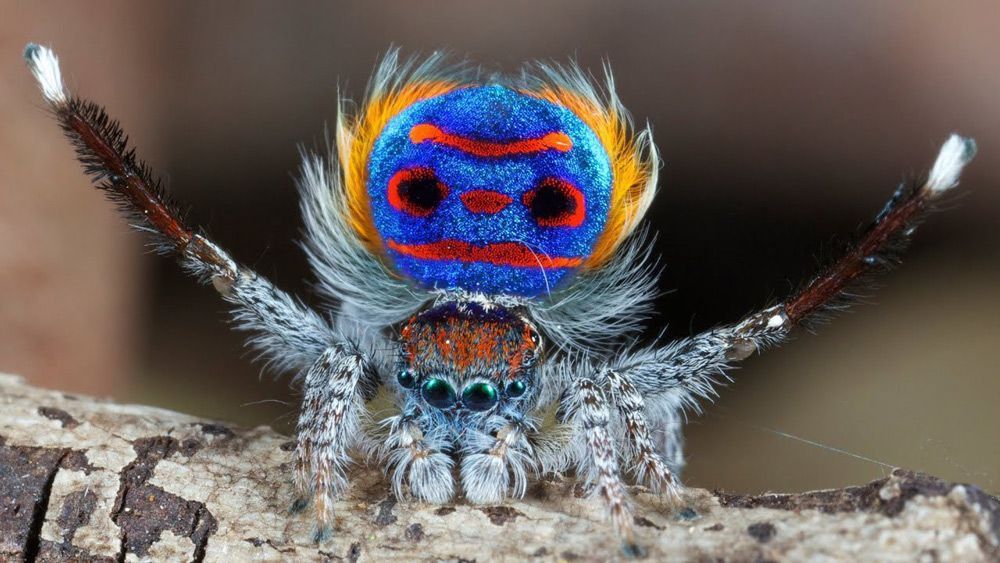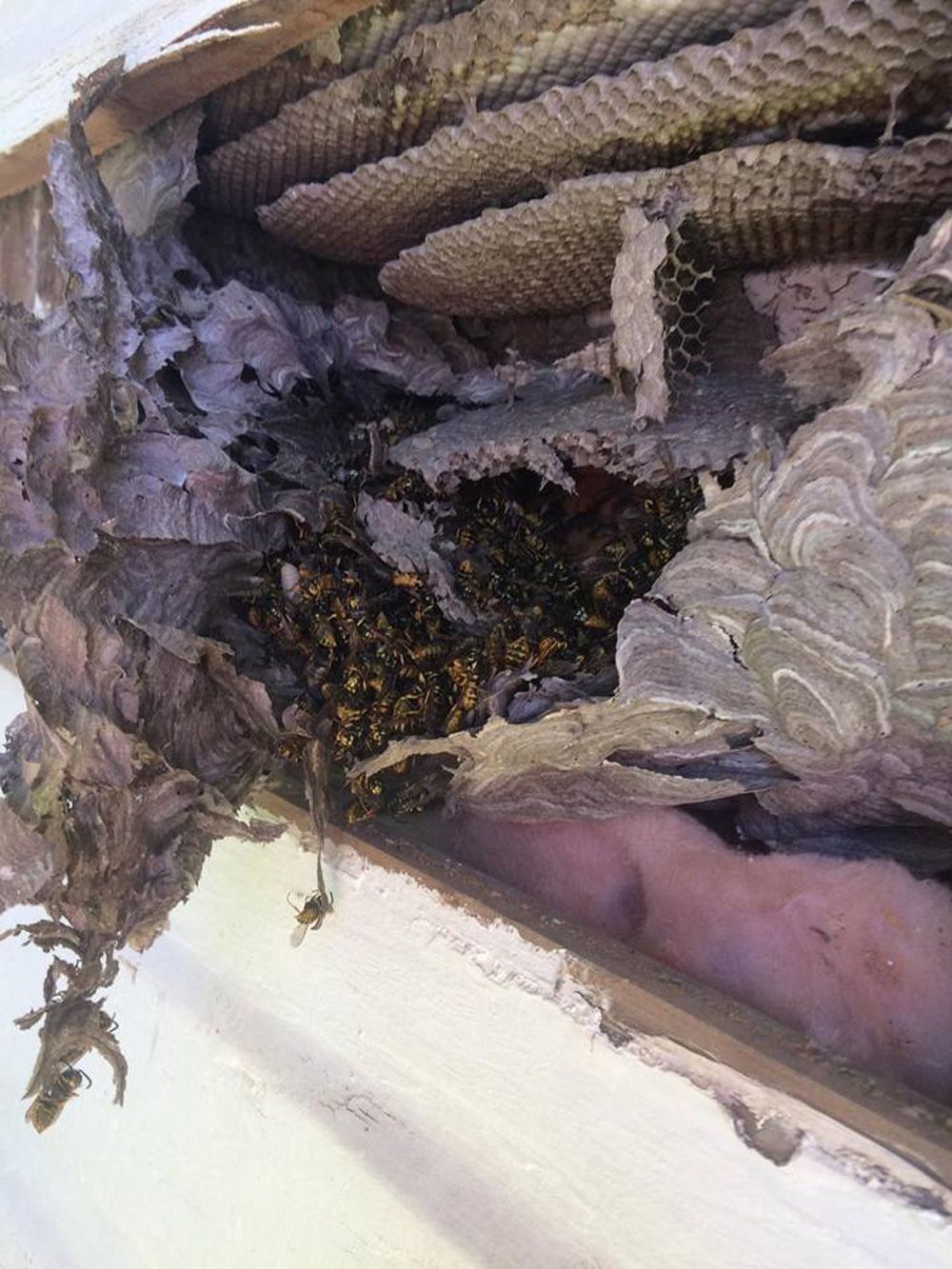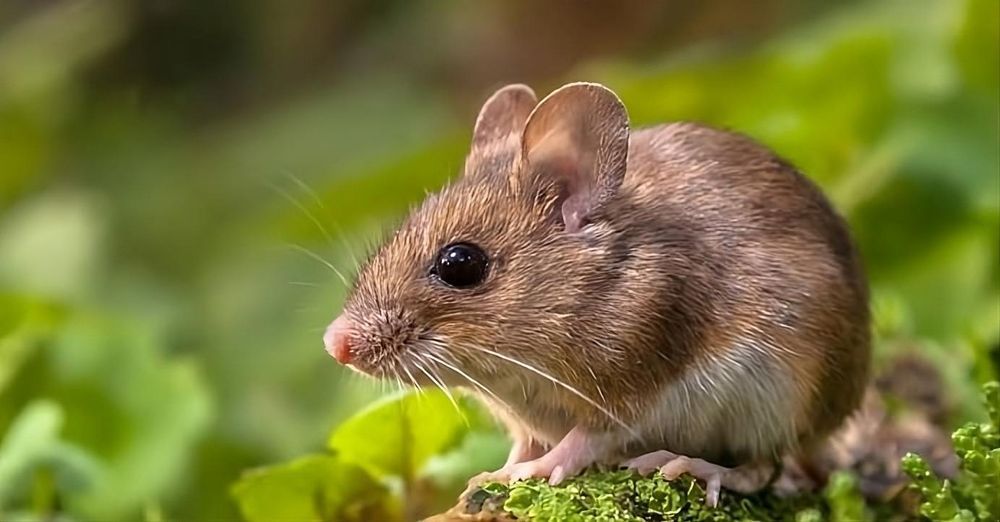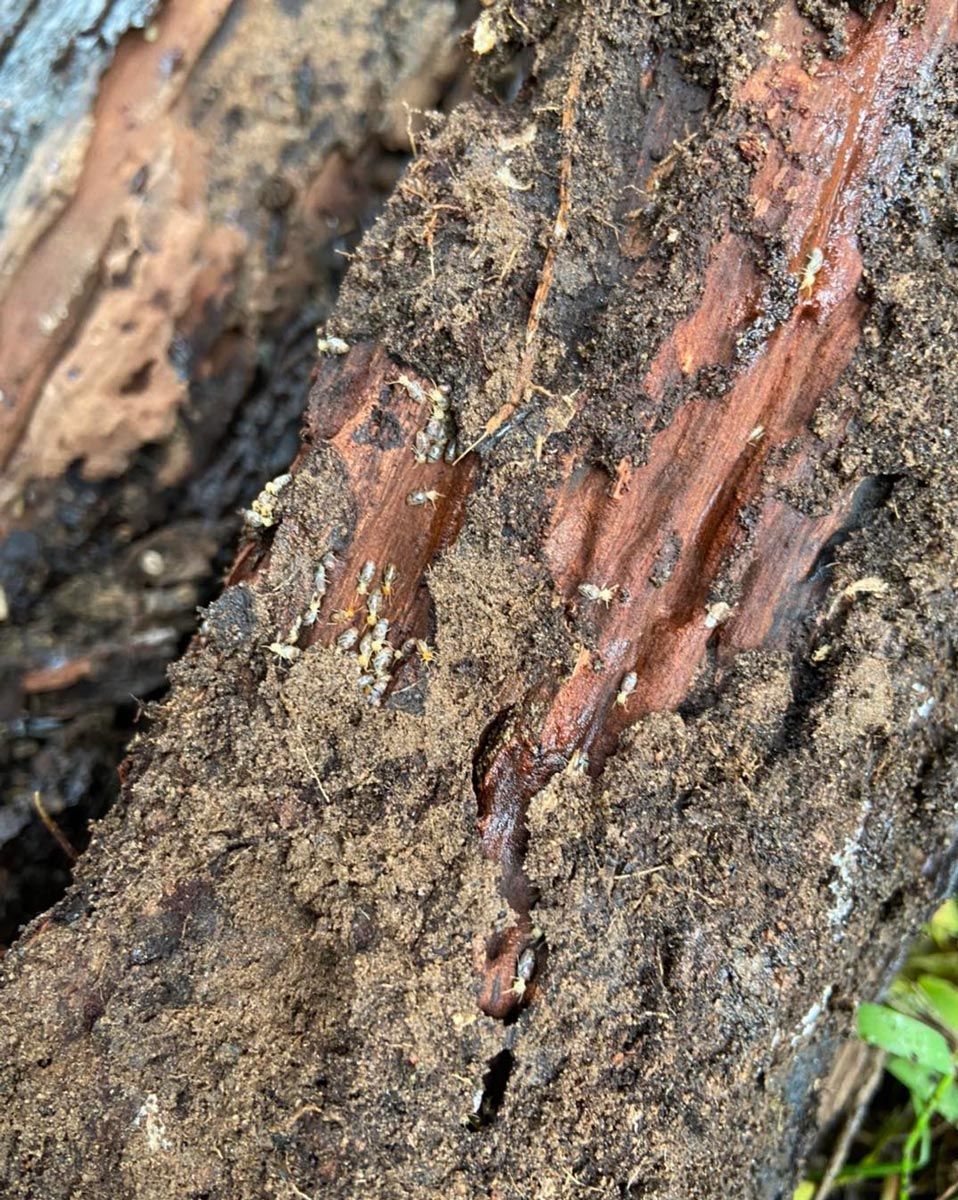Keeping Children Safe from Insect Stings
When children head outside to play, parents often worry about scraped knees or sunburn, but one danger often underestimated is the risk of insect stings. Bees and wasps may seem like minor nuisances, but a sting can escalate into a serious medical emergency for many children. Parents must be especially vigilant in regions where warm weather and outdoor spaces attract these insects. This blog explores practical steps families can take, supported by the expertise of local pest control services in Albury, to keep kids safe while enjoying the outdoors.
Understand the Seasonal Risks of Bees & Wasps
Bee and wasp activity fluctuates with the seasons. Warmer weather increases insect activity, often coinciding with school holidays and family outdoor activities. Knowing when these pests are most active allows families to take preventative measures before the risks escalate.
Bees and wasps become more aggressive during spring and summer as they forage for food and establish new colonies. As flowers bloom and outdoor dining becomes more frequent, these insects are naturally drawn to human activity. Their search for sugary substances and nesting sites often leads them into close contact with children playing outside.
Key points to note include:
- Bee and wasp activity peaks between late spring and early autumn.
- Nests are often built in sheltered outdoor spaces such as roof eaves, wall cavities, trees, and shrubs.
- Food and drink at outdoor events, picnics, and playgrounds can attract bees and wasps.
Recognise the Hidden Dangers in Outdoor Play Areas
Outdoor play spaces may appear harmless at first glance, but they often harbour unseen threats from bees and wasps. Nests can go unnoticed until a child accidentally disturbs them, potentially triggering a defensive swarm.
Backyards, parks, and school playgrounds provide ideal nesting sites for stinging insects. Children may accidentally stumble upon nests while exploring trees, gardens, or hidden corners of play equipment.
Common hiding spots include:
- Underground burrows are popular with some wasp species.
- Hollow trees or cavities within garden sheds and outdoor furniture.
- Crevices in brickwork, wall cavities, or roof overhangs.
The Serious Health Risks of Allergic Reactions in Children
A wasp sting can result in more than temporary pain. Allergic reactions, including anaphylaxis, pose serious health threats that require immediate medical attention. Recognising the signs and preparing for emergencies can make a life-saving difference.
While many stings cause only localised swelling and discomfort, children with allergies can experience severe reactions that affect breathing and circulation. Even those without a prior history of allergies may unexpectedly develop a strong response to a sting.
Key risks include:
- Anaphylaxis may lead to difficulty breathing, dizziness, and loss of consciousness.
- Rapid onset of swelling in the face, lips, or throat.
- Skin reactions such as hives or widespread redness.
- Nausea, vomiting, or abdominal pain following a sting.
Preventative Property Inspections Make All the Difference
One of the most effective ways to minimise the risk of insect stings is through routine property inspections conducted by qualified pest control professionals. These inspections allow early detection of nests before they pose a significant threat to children.
Expert inspections are far more thorough than casual checks performed by homeowners. Pest control specialists know where to look, how to identify early signs of activity, and how to address issues safely and effectively.
Benefits of professional inspections include:
- Identifying nests in hard-to-spot locations such as roof voids, tree hollows, or underground burrows.
- Early intervention to remove or treat nests before populations grow.
- Reduction in the overall bee and wasp presence around living spaces.
Safe Nest Removal Requires Professional Expertise
Attempting to remove bee or wasp nests without proper knowledge and equipment can lead to dangerous situations. Agitated colonies may swarm and sting repeatedly, particularly when threatened, putting children and adults at serious risk.
Qualified pest control technicians are trained in safe removal techniques, ensuring public safety and compliance with regulations designed to protect native bee populations where applicable.
Why professional removal matters:
- Technicians use specialised protective clothing and equipment to prevent stings.
- Environmentally responsible methods minimise harm to beneficial insect species.
- Swift, thorough nest removal reduces the chance of reinfestation.
- Legal compliance ensures that protected species are handled appropriately.
Tailored Treatment Plans for Ongoing Protection
In areas where insect activity is seasonal and recurring, one-off treatments may not offer sufficient long-term protection. Tailored treatment plans provide ongoing solutions that address each property's unique characteristics. Custom pest management plans account for property layout, vegetation, proximity to water sources, and previous infestations. These plans include preventative treatments and scheduled follow-up visits to ensure continued safety.
Key features of customised plans include:
- Regular monitoring to identify new nesting activity.
- Preventative treatments that deter nest establishment.
- Flexible scheduling to target peak insect activity periods.
- Advice for homeowners on minimising attractants such as uncovered rubbish or flowering plants near play areas.
Educating Children on Sting Avoidance
While adult supervision and professional pest control significantly reduce the risk of stings, educating children is another valuable protection layer. Teaching kids how to behave around bees and wasps empowers them to avoid triggering defensive responses.
Simple behavioural guidelines can make a significant difference:
- Encourage children to remain calm and walk away slowly if a bee or wasp approaches.
- Teach them not to swat at or wave their arms near insects.
- Avoid dressing children in brightly coloured clothing or floral patterns, which can attract bees.
- Discourage sweet, sugary foods during outdoor play, as these attract wasps.
Why Local Expertise Matters for Pest Control
Local knowledge plays a critical role in effective pest control. Services based in Albury bring invaluable insight into the area’s climate, regional species, and seasonal behaviours, allowing for targeted, efficient management of bee and wasp threats.
Advantages of working with local pest control providers include:
- Familiarity with the specific nesting habits of local species.
- Knowledge of environmental regulations and wildlife protection guidelines.
- Swift response times during urgent situations.
- Personalised service tailored to Albury’s unique conditions.
Contact Us for Professional Wasp Control in Albury
At Border Pest Control, we understand how important it is to protect children from the risks posed by bees and wasps. With our expert knowledge of local pest conditions, we offer comprehensive inspection, treatment, and prevention services tailored to your property. Whether you need effective bee control in Albury or safe wasp nest removal, we’re here to help. Get in touch with us today to book a professional assessment.


